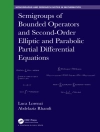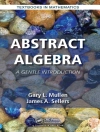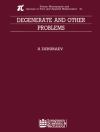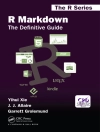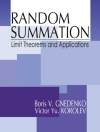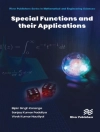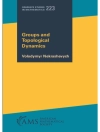sections dealing with fuzzy functions and fuzzy random functions are certain to be of special interest. The reader is expected to be in command of the knowledge gained in a basic university mathematics course, with the inclusion of stochastic elements. A specification of uncertainty in any particular case is often difficult. For this reason Chaps. 3 and 4 are devoted solely to this problem. The derivation of fuzzy variables for representing informal and lexical uncertainty reflects the subjective assessment of objective conditions in the form of a membership function. Techniques for modeling fuzzy random variables are presented for data that simultaneously exhibit stochastic and nonstochastic properties. The application of fuzzy randomness is demonstrated in three fields of civil engineering and computational mechanics: structural analysis, safety assessment, and design. The methods of fuzzy structural analysis and fuzzy probabilistic structural analysis developed in Chap. 5 are applicable without restriction to arbitrary geometrically and physically nonlinear problems. The most important forms of the latter are the Fuzzy Finite Element Method (FFEM) and the Fuzzy Stochastic Finite Element Method (FSFEM).
Michael Beer & Bernd Moller
Fuzzy Randomness [PDF ebook]
Uncertainty in Civil Engineering and Computational Mechanics
Fuzzy Randomness [PDF ebook]
Uncertainty in Civil Engineering and Computational Mechanics
Mua cuốn sách điện tử này và nhận thêm 1 cuốn MIỄN PHÍ!
Ngôn ngữ Anh ● định dạng PDF ● ISBN 9783662073582 ● Nhà xuất bản Springer Berlin Heidelberg ● Được phát hành 2013 ● Có thể tải xuống 3 lần ● Tiền tệ EUR ● TÔI 6342721 ● Sao chép bảo vệ Adobe DRM
Yêu cầu trình đọc ebook có khả năng DRM


